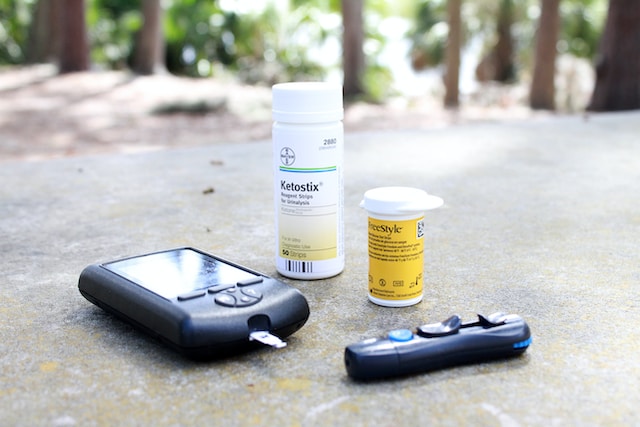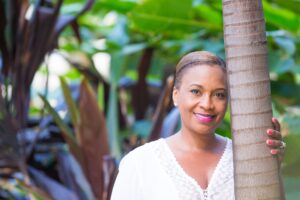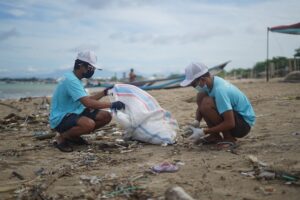Belize lacks data regarding within-country disparities in classes and health-related quality of life. By employing the EQ-5D scale, this study seeks to establish baseline measures of inequality for this multiethnic middle-income country.
Purposive and theoretical sampling was utilized for interviews of adults living with T2D from Toledo District (Stanton Creek, Cayo and Orange Walk), Belize City, and Corozal districts.
Disparities in Healthcare Access
As a result, people with higher health needs were least able to access healthcare before and during the pandemic. Socioeconomic class inequality became even more pronounced, with poorer households facing greater out-of-pocket costs for medical treatments and medication than before the pandemic started – reflecting an overall pattern seen across the Caribbean where gaps in healthcare access are greatest for those with the lowest incomes.
Financial limitations were the leading reason for being unable to access care in Belize, particularly for people living below poverty line and who were forced to choose between buying food or medications. COVID-19 restrictions compounded this problem as food and medication supplies became scarcer within these communities. Furthermore, according to a 2021 study of barriers to diabetes self-care in Belize, structurally disadvantaged people experienced unintended negative repercussions due to systemic changes involving food and medicine supply.
People with access to healthcare who could pay had access to private clinics, brand name prescriptions, dental services, home care assistance, out-of-country surgeries, gym memberships, herbal doctors and other wellness supports, while those without funds experienced more severe and long-term complications.
The findings from this research indicate that more effort must be expended to address inequalities in healthcare access based on socioeconomic class. This may involve increasing availability of low-cost medicines, providing sufficient resources for screening and diagnostic services at public clinics, and eliminating barriers to self-care such as accessing affordable food or secure housing.
Research also indicates that targeted interventions targeting demographic groups are key to improving health outcomes in Belize. For instance, it’s crucial that the National Healthcare Initiative (NHI) continues its rollout; currently only four districts are covered, and this leaves Cayo, Orange Walk and Corozal without access to basic healthcare services. These gaps in coverage should be filled through increased funding for NHI as well as redirecting funding toward micro-economic initiatives that promote community development such as small food vendors, childcare providers and entrepreneurs.
Disparities in Healthcare Outcomes
Disparities in healthcare access and availability do not only impact disease prevention; they can also have a profound effect on people’s experiences of their health and their level of well-being. A recent study concluded that individuals with diabetes who can access affordable glucometers report superior self-management skills and higher quality of life than those without affordable glucometers; socially disadvantaged patients were more likely to lack these affordable devices, in addition to having poor diet habits and lower levels of physical activity – all factors associated with worse self-perceived health as well as increased depression and anxiety.
While this study was limited in scope, its importance lies in furthering our understanding of barriers to optimal wellness for disadvantaged groups. Adopting an interdisciplinary approach, this research was completed in partnership with the Belize Diabetes Association, World Health Organization and Hand in Hand Ministries (HHM), an NPO that provides discounted glucometers to adults living with T2D. All research activities were approved by Belize Ministry of Health prior to being implemented.
Although conducted prior to the COVID-19 pandemic, this study clearly illustrates how economic instability can directly impact an individual’s ability to take care of themselves in terms of health and wellbeing needs. This is consistent with prior studies which show how addressing some underlying drivers of health inequities such as food security, income or wealth disparity and housing stability may have positive effects on individuals.
While death probabilities in Belize are similar across ethnicities, it’s important to keep in mind that socioeconomic classes differ significantly in mortality risk. Creole and Garifuna men in particular have three times greater death risks between age 45-59 than Mayans and Mestizos due to higher levels of violence as well as decreased access to healthcare services and effective management for hypertension, obesity and HIV infection risk factors.
Disparities in Healthcare Workers
While Belize boasts high educational attainment levels, its healthcare workforce is predominantly composed of low-income professionals with limited medical training and experience who lack adequate skills to address complex patient problems. This unequal distribution of healthcare workers contributes to uneven healthcare services throughout the country and financing is inconsistent and unsustainable; Belize therefore needs to import healthcare specialists for specific geographic regions.
Due to Belizeans’ precarious economic situations, they often opt for public national health insurance (NHI). Unfortunately, coverage of NHI clinics in rural communities may be spotty or limited; many must travel into nearby towns for healthcare and pay transportation fees; some villages are accessible only through substandard dusty and gravel roads.
Like other Latin American nations, Belizean residents live well below the poverty threshold and depend heavily on social assistance programs for support. Poverty-related conditions such as malnutrition and stunting contribute to higher mortality and morbidity rates that further exacerbate accessing quality healthcare.
Many Belizeans live with chronic conditions, such as diabetes or HIV/AIDS. A 2014 study concluded that people living with T2D face financial, informational and structural barriers that hinder optimal self-management and healthcare delivery – these may become even more acute during a COVID-19 pandemic.
Belize has launched several initiatives to enhance the quality of healthcare for its citizens, with particular attention paid to offering better training and working conditions for healthcare workers in order to motivate them into providing more consistent, high-quality care; expanding healthcare facilities; and offering free medical screenings at public events. All these measures aim to reduce disease burden and enhance overall health status of Belizeans.
Disparities in Healthcare Resources
Belize, like other low- and middle-income countries (LMICs), has seen health inequality worsen over time. This increase can be explained in part by an aging population with associated complications like cardiovascular disease, lower limb amputations, kidney failure and vision loss – all which exacerbate existing gaps in access to healthcare, food and pharmaceuticals.
Belize exhibits significant variations in mortality across its four main ethnic groups and gender. Creole men experience more than three times the likelihood of injury related death when compared with Mayan or Mestizo males.
This could be related to several factors, including behavioral risk factors, availability of healthcare services and overall social and economic conditions. Furthermore, differences in healthcare resources could increase vulnerability and mortality rates from infectious diseases like Malaria and Dengue Fever.
Though Belize’s healthcare system is well-funded and equipped, limited resources limit its ability to respond quickly to evolving public health needs. Furthermore, quality of care may often suffer due to shortages in medicine and equipment or ineffective supply chains; for instance while most districts in Belize contain medical clinics with screening services available for cervical cancer screening only around 50% have trained staff available for screening services at each clinic location.
Belize relies heavily on cross-border arrangements for regular and specialist health care as well as medication that isn’t readily available here. When COVID-19 restrictions were put into effect, these relationships were broken and many had to choose between food or medicine when making purchases.
This study, using an EQ-5D questionnaire, will yield valuable insight into the drivers of inequality in Belize, providing useful data to inform policy development and interventions to decrease disparities. Understanding how changes in chronic conditions like diabetes or high blood pressure contribute to inequality is especially crucial given their links with poverty.




